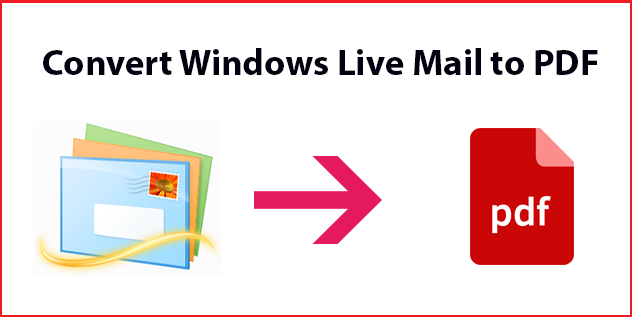As one of the best PDF printer application, PDFelement comes equipped with features. Use a PDF when: You want to print your image. PDF will ensure the highest quality image format for printing. This is a very accessible format because of its versatility. Many printers work with it. You need to post the images on the web. The PDF format is the best image type for the web in terms of keeping your entire package of posters, flyers, magazines and booklets together in one file, making it easy to view. Don’t use a PDF when: You still need to retouch your illustration.
- Best Image Format For Web
- Best Photo Format For Printing
- File Format For Printing
- Best Pdf Format For Printing
Customer Support
Best Image Format For Web
'Keep on doing what you’re are doing. You have great customer service and quick turn around on orders!!'
- Gundersen Health System
Print File Formats
These brief definitions will help you better understand how each file format is best used.
PDF (short for Portable Document Format) is a file format developed by Adobe as a means of distributing compact, platform-independent documents. PDF captures formatting information from a variety of desktop publishing applications, making it possible to send formatted documents and have them appear on the recipient's monitor or printer as they were intended.
You can use Adobe Acrobat to create PDF files, and you can view PDF files either with Adobe Reader or via a web browser with the PDF Viewer plug-in. For more information, visit the Adobe Acrobat website.
EPS (short for Encapsulated PostScript) is a vector format designed for printing to PostScript printers and imagesetters. It is considered the best choice of graphics format for high resolution printing of illustrations. EPS files are created and edited in illustration programs such as Adobe Illustrator or CorelDRAW.
Vector graphics are a scalable, resolution-independent format composed of individual objects or shapes. Vector images can be resized easily without loss of quality making them an ideal format for initial logo designs and illustrations to be used in multiple sizes.
Best Photo Format For Printing
JPG (short for Joint Photographic Experts Group, and pronounced jay-peg) is a file format best used for photo images which must be very small files, for example, for web sites or for email. JPG uses lossy compression (lossy meaning 'with losses to quality'). Lossy means that some image quality is lost when the JPG data is compressed and saved, and this quality can never be recovered.
File compression methods for most other file formats are lossless, meaning 'fully recoverable'. However, this integrity requirement does limit efficiency, limiting compression of photo image data to only 10% to 40% reduction in practice (graphics can be smaller).
TIFF (short for Tagged Image File Format) is an industry standard designed for handling raster or bitmapped images. TIFF files can be saved in a variety of color formats and in various forms of compression. TIFFs use lossless compression to maintain image integrity and clarity and are often used for professional photography.

GIF (short for Graphics Interchange Format) is a file format for storing graphical images up to 256 colors. It uses a lossless compression method which makes for higher quality output. PNG (short for Portable Network Graphics) was created as a more powerful alternative to the GIF file format. PNGs are not restricted to the 256 color limitation of GIF files and have better compression. A PNG file can be saved with a transparent background which allows you to place your image on top of another image without an outlining white box.
GIF files are probably the most popular on the web being used in logos and color images. Even though PNG files are widely supported, GIF is still the most popular.
ZIP is a file format used for data archiving and compression. A ZIP file contains one or more files that have been compressed and bundled to reduce file size and allow for easy file transfers. ZIP files can be created by right-clicking on a file or folder and selecting 'Compress' (Mac) or 'Send To > Compressed/Zipped Folder' (PC). Once a ZIP file is receive (ex. via email) it must be 'unzipped' or de-compressed before the files themselves can be accessed.
While we prefer one of the above formats when submitting files, we do accept native files for the following software programs:
Microsoft Word 2013 or earlier
Microsoft Publisher 2013 or earlier
Microsoft Excel 2013 or earlier
Microsoft PowerPoint 2013 or earlier
Adobe InDesign CC 2015 or earlier
Adobe Illustrator CC 2015 or earlier
Adobe Photoshop CC 2015 or earlier
Adobe Acrobat 11
Quark Xpress 9 or earlier
We can view and print most AutoCAD® files in dwg and dxf formats.
Note: Formatting and font issues may occur when submitting any of the above file formats. For more information on file formats, download our Design Instructions.
& money!

File Format For Printing
Need a digital version of your hardcopy document? Our OCR scanning software allows us to take your hard copies and turn them into workable Microsoft Word or Excel documents. Save time and money today! Stop by one of our Locations for more information.
Best Pdf Format For Printing
